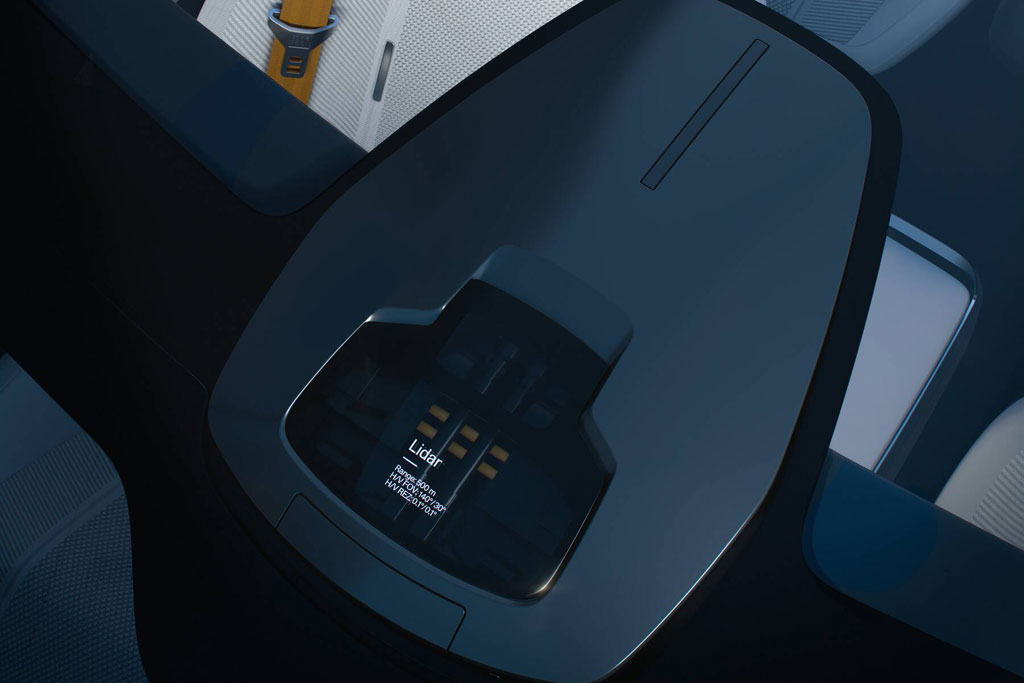 Polestar has revealed the Polestar Precept – a vision of the brand’s future direction and a clear expression of intent.
Polestar has revealed the Polestar Precept – a vision of the brand’s future direction and a clear expression of intent.
The Polestar Precept exhibits the execution of new, more sustainable interior materials, the continued development of the digital user interface, and the essence of Polestar design.
The name “Precept” was chosen to emphasise the vehicle’s role in setting out Polestar’s intent as the contemporary electric performance brand.
 Restrained surfacing and a focus on aerodynamic efficiency defines the exterior styling of the concept.
Restrained surfacing and a focus on aerodynamic efficiency defines the exterior styling of the concept.
A 3100mm wheelbase accommodates a large battery pack and gives the stunning four-door grand tourer a very low and sleek silhouette, with an emphasis on leg and headroom in the rear.
The front grille is replaced by the “Polestar SmartZone”. It’s an area that once channelled air to radiators and the internal combustion engine. Now, it houses technology for safety sensors and driver assistance functions.
This represents a shift from breathing to seeing.
Purposefully gathered behind a transparent panel dedicated to intelligent hardware are two radar sensors and a high definition camera.
 The Light Detection and Ranging (LIDAR) pod, mounted atop the glass roof, is given optimal visibility as a next step towards increased driving assistance.
The Light Detection and Ranging (LIDAR) pod, mounted atop the glass roof, is given optimal visibility as a next step towards increased driving assistance.
Meanwhile, the “Thor’s Hammer” LED head light signature has evolved with separated elements, taking on a dynamic, more robotic and brand-defining interpretation.
At the rear, the wide light-blade spans the entire width of the car, extending into vertical aero-wings – another aerodynamic feature and a nod to lightweight design.
 Sustainable new interior materials balance modern high-tech luxury with reduced environmental impact.
Sustainable new interior materials balance modern high-tech luxury with reduced environmental impact.
Bcomp’s flax-based composites for interior panels and seat backs offer significant improvements over conventional materials, including a 50% weight saving in and up to an 80% reduction of plastic waste.
Polestar Precept seat surfaces are 3D-knitted from recycled polyethylene bottles, bolsters and headrests are made from recycled cork vinyl, while carpets are made from reclaimed fishing nets.
These elements, combined with digital artistry, define a new premium luxury that surpasses the conventions of leather, wood and chrome.
 The next generation Human Machine Interface, powered by Android, builds on Polestar’s close collaboration with Google.
The next generation Human Machine Interface, powered by Android, builds on Polestar’s close collaboration with Google.
An enlarged, portrait-oriented 15.0-inch centre touchscreen complements a 12.5-inch driver display, and the two are linked by an illuminated blade that encompasses the entire interior.
In this execution, the unique Polestar emblem floats holographically inside a solid piece of Swedish crystal between the rear seat headrests.
Supporting the advancement of a personalised and dynamic digital interface, the instrument panel also hosts an array of smart sensors.
Eye tracking will allow the Polestar Precept to monitor the driver’s gaze and adjust the content of the various screens accordingly. Proximity sensors also enhance the usability of the centre display when driving.














